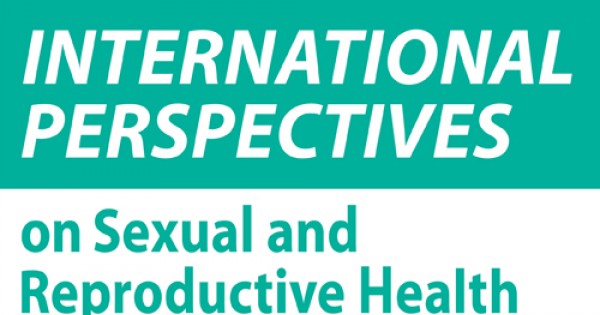Peer-reviewed Research Journal on ‘Climate-Related Displacement and Antenatal Care Service Utilization in Rural Bangladesh’
Bangladesh ranked 7th in the list of countries most affected by climate calamities during the period 2000–2019 as per the Germanwatch’s Global Climate Risk Index 2021. Extreme weather events there have already been wreaking havoc on the people in the affected zones. One of the major impacts is large-scale population displacement in Bangladesh.
It is important to know how household displacement due to such events might affect women’s antenatal care (ANC) service utilization. Considering this situation, Md. Rabiul Haque, a professor, Department of Population Sciences, University of Dhaka, Bangladesh along with Nick Parr, professor, and Salut Muhidin, a senior lecturer—both in the Department of Management, Macquarie Business School, Macquarie University, North Ryde, Australia has co-authored a research study which has published at International Perspectives on Sexual and Reproductive Health Journal by The Guttmacher Institute.
The journal provides the latest peer-reviewed research on sexual and reproductive health in Africa, Latin America, the Caribbean and Asia. It emphasizes on abortion, contraception, fertility, sexual behavior, family planning policies and programs, sexually transmitted diseases, including HIV/AIDS, and reproductive, maternal and child health.
METHODS:
In 2017, a cross-sectional household survey was conducted in 25 rural villages in either displacement prone or non–displacement prone areas of Bangladesh. Data were collected from 611 respondents (a woman or her husband) who reported having had a live birth in the past three years; of those, 289 had experienced household displacement due to an extreme weather event. Logistic regression analyses were conducted to examine the relationship between experience of household displacement and women’s ANC service utilization during their last pregnancy resulting in a live birth.
RESULTS:
83 percent of women had received at least one ANC visit during their last pregnancy resulting in a live birth; of those, 31 percent received at least four visits with a trained provider. Women from households that had been displaced three or more times were less likely than those from nondisplaced households to have received an ANC visit and at least four visits with a trained provider (odds ratios, 0.3 and 0.4, respectively). Receiving at least four visits with a trained provider was also associated with having previous children (0.3–0.4), age at pregnancy (2.5–3.9), husband’s occupation (2.2 for “other”) and joint parental decision-making about ANC visits (1.8).
To conclude, strengthening family planning services and extending eligibility for Bangladesh’s Maternity Allowance benefits in the areas prone to floods and riverbank erosion are recommended to improve ANC service utilization.
Publication link:
Climate-Related Displacement and Antenatal Care Service Utilization in Rural Bangladesh
Contact with the Author: Nick.Parr@mq.edu.au

